Temporary road closures will block vehicle access to our building on Sunday 13 April until 3:00pm.

Unique in the world, perhaps, is a bronze sculpture that fuses the age-old human portrait bronze tradition, and the later genre of the bronze pug figurine: that’d be William Robinson’s Self-portrait with pug.
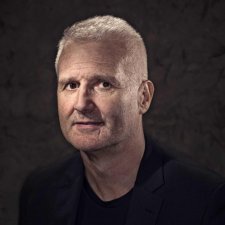
Commissioned with funds provided by Trent Birkett 2018
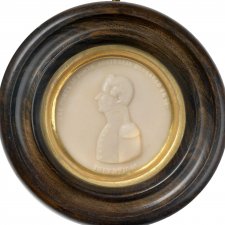
Marriage: a prolonged disaster
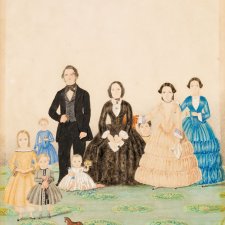
Desirable outcomes, undesirable origins
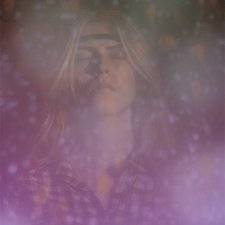
Digital media artist, George Khut, is creating a spectacular form of digital portraiture involving public participants.

In 2020 the Annual Appeal was focussed on Sally Robinson's remarkable portrait of author Tim Winton.

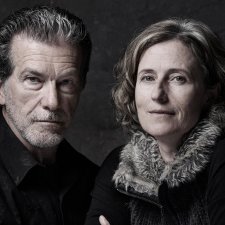
After months of anticipation, the winner for the National Photographic Portrait Prize 2017 has been announced with renowned Sydney portrait photographer Gary Grealy taking out the award. George Fetting, guest judge for the 2017 Prize, was entranced with the evocative nature of the winning portrait Richard Morecroft and Alison Mackay.
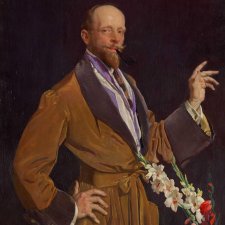
Just good friends?

Spanning the 1880s to the 1930s, this collection display celebrates the innovations in art – and life – introduced by the generation of Australians who travelled to London and Paris for experience and inspiration in the decades either side of 1900.

It is not every day that a national gallery turns its walls over to the animal companions that bring unconditional love and joy to their owners but this summer we have opened the doors to 15 contemporary artists with very different ways of depicting our furry, feathered and scaled pets.

An interview with the photographer.

Commissioned with funds provided by Westpac Group and Optus 2018

This 1910 portrait of Elizabeth Sarah (Lillie) Roberts by Tom Roberts was brought into the Gallery's collection with the assistance of the Acquisition Fund in 2013.

These books include sixteen inmates including Ned Kelly, Captain Moonlite and Frederick Deeming and twelve sketches of the deceased, including several children. For Year 7 – 9 students.
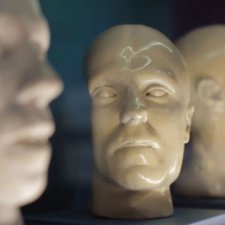
Though initially developed by physicians, phrenology was taken up by certain non-medical practitioners who applied the theory to social questions such as education and criminal reform.